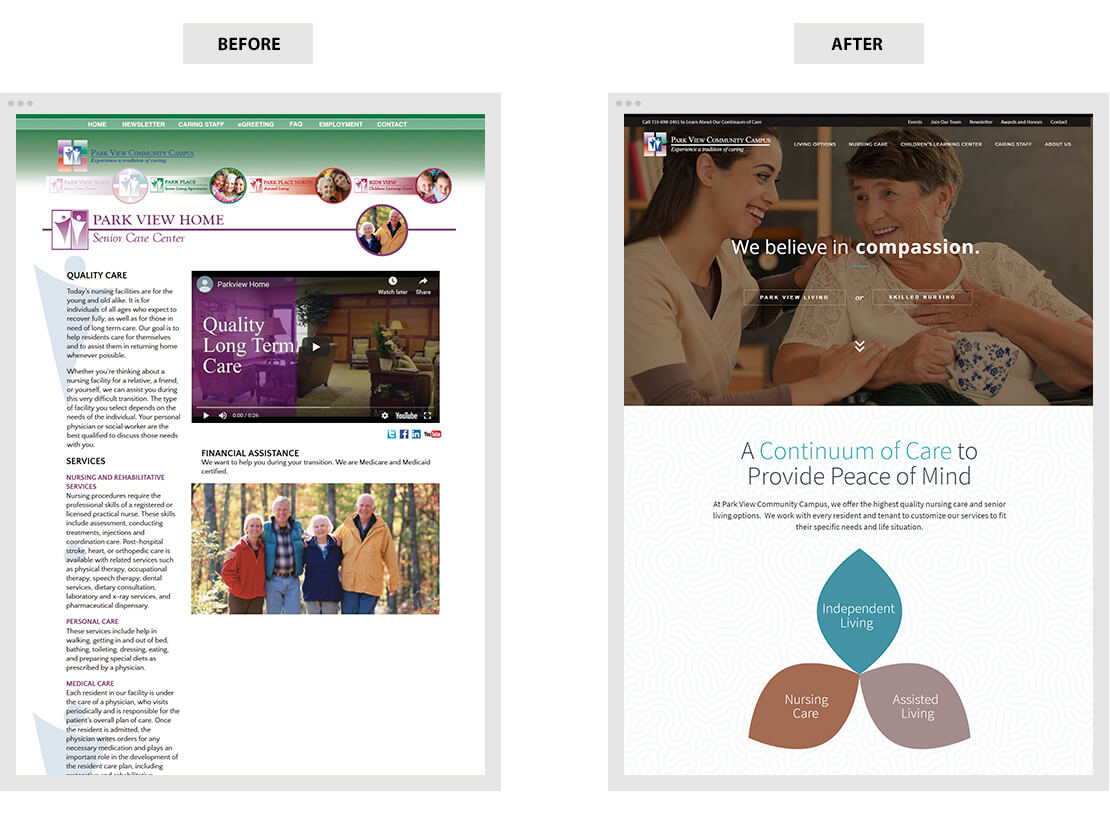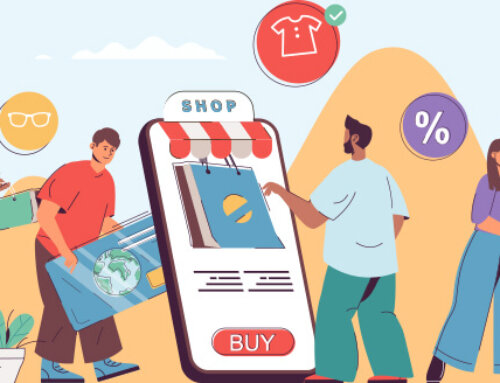How to Know if Your Website Redesign is Successful
Intuitively you know that you should keep your website design and content up-to-date. But are there numbers that support making a website redesign a priority? And how do you track the results of a redesign?
What is the payoff of a professional website redesign?
To provide an answer, and to assist you in reaching an informed decision, we prepared this blog post using statistical insights from Google Analytics, derived from real client experiences.
1. More Leads
Many factors contribute to an increase in lead generation. One real-life example from our portfolio is how our website redesign for Fidelity Roof, a Bay Area roofing company, dramatically improved their lead generation.
Fidelity Roof experienced a 40% increase in visitors to the site from Google Organic Search and a 1900% increase in request-a-quote form completions.

Here’s another success stat: a consulting firm we work with experienced a 32% increase in time on the website after a website redesign. More time on a site more chance to engage the visitor and generate a lead.
2. A Positive Connection to Your Brand, Product or Service
It takes about 50 milliseconds (an eye blink is 100 milliseconds) for someone to form an opinion about your website. If the website is unattractive, looks old or weird on mobile, people return to Google and continue searching. You might play it safe and stick close to a premade template, but then you’ll have a me-too site.
A professionally trained website designer understands content design and user experience. They know how to present information in a way that’s both usable and aesthetically pleasing.
They help you build a unique look that conveys your brand, creates a positive experience, and differentiates your business online. Pair that with an experienced web UX specialist and you’ve got a site that works well and looks professional.

50% of visitors will leave a site if it isn’t visually appealing
3. Site Visitors Find What They Need, Stay Longer, Buy More
Today’s website users expect more than a brochure on the web. By offering what a customers needs (like useful filters and search tools), you keep them longer and encourage repeat visits. If you want modern, usable functionality, an “out of the box” solution is most generally NOT the solution.

70% increase in time on the website
The Egyptian Museum uses interactive features to engage visitors: 360-degree tours – self-guided tours through the facility.


Use slider to see the before and after for the interactive artifact map we developed.

Building a website involves thinking through how to engage your audience and convert them to leads. Helpful, easy to use functioality is the key.
Building a website involves thinking through how to engage your audience and convert them to leads. Helpful, easy to use functioality is the key.
4. Mobile First Design Results in More Mobile Engagement
Increasingly, site visitors are using a phone or tablet to access your website. Mobile web is not in the future, it is now. Depending on the industry you are in, this could be upwards of 60% of users view it on their phone.
A major part of any website redesign today starts with mobile design. Doing it right matters a lot. For example, placing links too close together could trigger a warning. A mobile-friendly site is one that makes it easy for people to navigate freely without the risk of clicking on an unintended link.
This mobile-friendly site experienced a 38% increase in mobile user sessions after an update.
Old Site

Mobile Friendly Update
There are also many intangible results thatcome from working with a professional website designer.
Hiring a professional means you focus on running your business while a web expert builds your website. It’s faster. And if your time means real money for your business, it’s cheaper, too.
Ongoing Support
Your site should be a living, breathing, evolving tool for your business. If you keep a site current (in both content and backend programming) you can extend the life of your site, putting off the expense and hassle of a relaunch. But that takes the kind of ongoing attention and fast, on-demand support you’re going to get from a full-time professional.
About the Author:
Hi, I’m Barbara Irias, a principal at Placemaking Group, with a focus on Website strategy and how to use new technology to help businesses grow. Placemaking Group helps many small businesses achieve their marketing goals through the use of web and digital technology.
If you have a question you’d like to see answered, please email me. Thanks for checking in.
Contact Barbara at 510.519.6402, or connect with me on LinkedIn.




